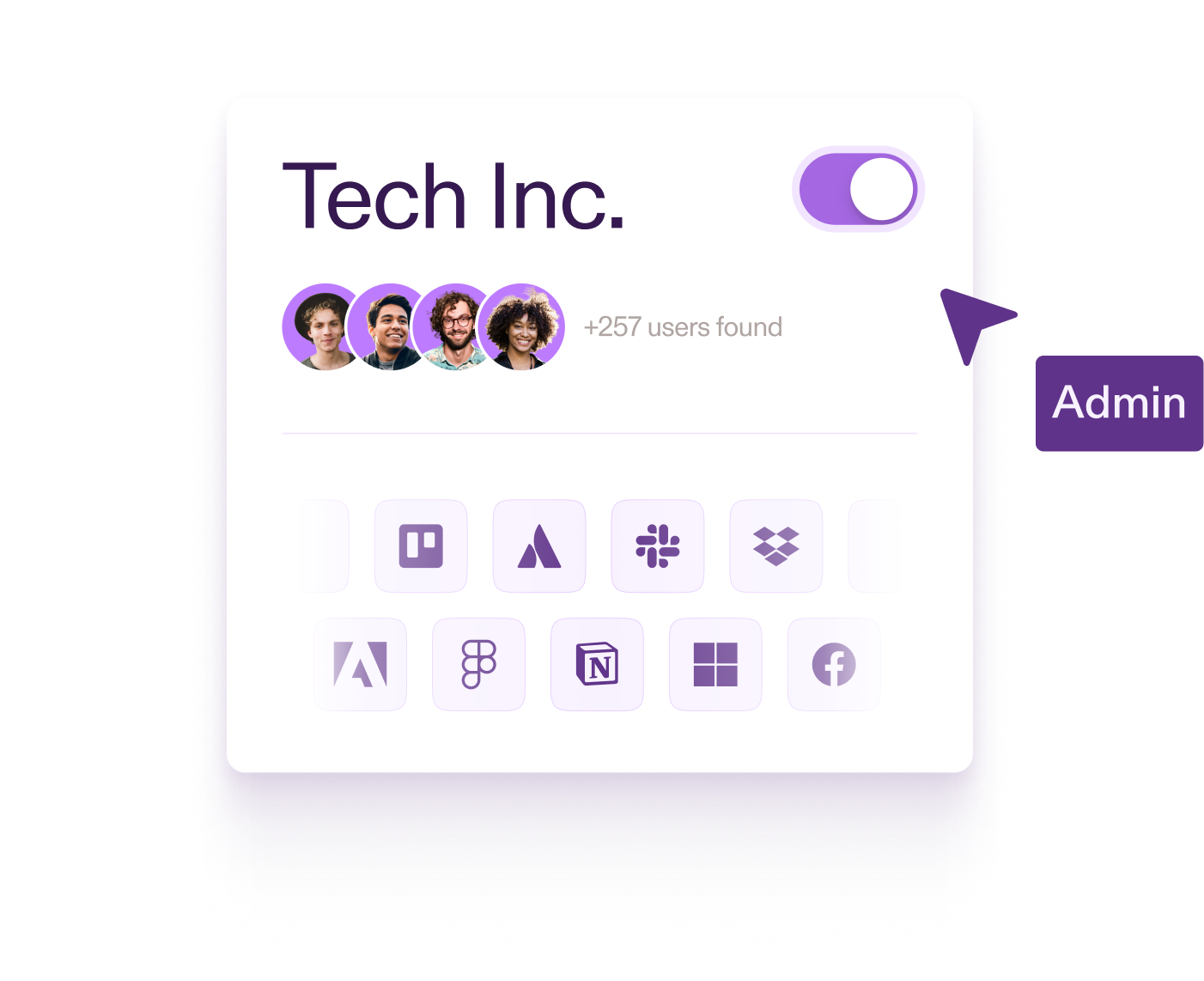SaaS bloat is a well known problem. Companies pay for way more SaaS products than they actually use, and when times are good software spending usually goes unnoticed. It isn’t until a downturn happens that companies start putting SaaS spending on the chopping block, and by that time finding the first five to ten percent of products to cut is a fairly easy task. Most managers can think of at least one tool they never got around to using.
When discussing SaaS bloat, the focus is typically on people buying more products than they really need. However, I don’t think this gets to the heart of the problem. It is unlikely that people are out there buying products to solve problems they don’t have. The fact that companies have unused SaaS products sitting around instead means that they also have unsolved problems (or unmet needs). In other words, it isn’t that people are buying too many SaaS products, but rather that they’re buying the wrong ones.
If you want to reduce the amount you’re spending on SaaS products you’re not using, it’s not good enough to simply cull your SaaS list every few years. You need to actively work to ensure your buying process results in finding the right products, i.e. the ones you’ll actually use. And for that, you need to make some changes.
The Buying Process: Where Things Go Wrong
Imagine you are the head of customer success and that you have a problem. Your product has a large number of users, but you don’t know whether they’re happy or not. Without that information, you can’t predict future growth (and future churn). You want some way to measure user satisfaction, so you ask your tech team for help. When they politely tell you to leave them alone, you start to consider whether there is a SaaS solution that can solve your problem.
You’re unsure if you need any tech for this at all, as maybe you can just send out emails manually and record responses, but you want to see what is out there. You do a bit of research, you find a few products that might be able to help, and you reach out to those companies to get more information. All good so far.
You join your first product demo, and the sales person shows you a ton of features you never even dreamed of having. You can customize your emails, create automatic sending schedules, get automated feedback based on a unique survey personalized to each customer, follow up with users individually, and the list goes on. Suddenly, you have a whole new world of options that you never thought possible.
You sit through a few more product demos, and the potential feature set continues to grow. You start dreaming about all of the cool things you’ll do. In addition, you discover that you actually enjoy having these talks. People at work don’t always have time to take your problems seriously, but the sales people on the calls are very interested in your problems and even want to help you. It is refreshing.
Unfortunately, that is also the problem. If you enjoy the buying process too much, you also will end up buying too much. But in addition, the buying process is also warping your expectations. You’re comparing the software you see to the daydream you have of living in your ideal world, and in doing so you’re forgetting about the realities of your work. You’re forgetting about the time you don’t have and the internal politics you’ll have to navigate to get people on board. In the end, you’re going to buy a product you don’t have time for and very possibly won’t use. That is bad, because it means you’ll have less money and the same number of problems as before.
Making a Plan
So, how do you avoid buying the wrong SaaS products? The first step is to figure out how much “free time” you have at work each week. Do you find yourself sitting around with nothing to do, or occupying yourself with busywork to pass the time? Great, you might actually have time for all of the cool features you’re going to hear about. However, if you’re like most people you’ll find that your answer rounds to approximately zero hours. You have no free time.
Next, write that number down on a piece of paper, and below that make a table with three columns. The table represents a single product that you’re going to receive a demo of. The first column is the name of a feature that you like and want to use. The second column is the amount of time it will take to initially implement that feature. The third column is the amount of time it will take to use that feature on a weekly basis.
When you go into a demo, for each feature you like, ask how long it will take to set up. Whatever number the sales person tells you, multiply it by six and write that down in the table. Why multiply by six? Because sales people lie, but also because they wouldn’t really know the right answer. After all, usually sales hands off to someone else once you sign a contract. Multiplying by six is just a nice round number that corrects for this. If they say ten minutes, plan on an hour.
Filling in the last column will be a bit harder. Take a guess at how much time the feature will take to use each week, and go ahead and multiply that number by two just to be safe. Now subtract from that however much time you spend on the task it is replacing (if it replaces something, instead of being entirely new). However, don’t go below zero. It’s not that a feature can’t automate some of your work and end up saving you time, it’s just that it is risky to assume that it will. You could easily find that the feature doesn’t quite live up to the standard you expect, and all of that saved time evaporates away. It is best to set zero as the lower bound here.
And that’s actually it. There’s no formula to apply or numbers to calculate. You just do this process in each demo and look at the table at the end. The interpretation is up to you. The goal is simply to pull you out of your daydream and force you to think more concretely about how you will actually use the product you’re seeing. Writing down the time spent for each feature, as well as the amount of time you actually have, will make your reality far more clear.
Demanding More From SaaS Solutions
Trying to avoid buying the wrong SaaS products is always going to be a challenge. Too many SaaS products are built to be sold, not used. Features are being built because they look good in a demo, not because they offer real value. And even in the cases where product and tech teams have good intentions, they’re far too often building for the fictional unlimited-free-time users they want to have, not the too-busy-to-do-anything users that actually buy their product.
SwiftOnSecurity, the popular cybersecurity Twitter account, recently tweeted about this in relation to the cybersecurity space, saying, “Tools need both a motivated admin + one with time.” She is absolutely correct, but that is a reflection of how often SaaS providers have failed to take into account the actual needs of their users. Very few companies have motivated IT admins that also have free time. My hope is that buyers will become more savvy, and more aware of how little time they have, and that will in turn force SaaS products to become better.


